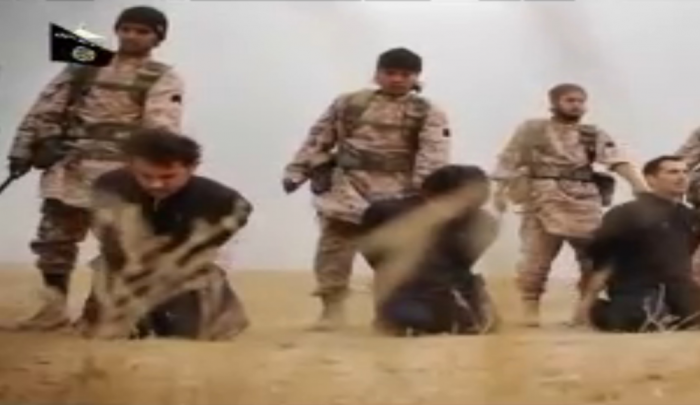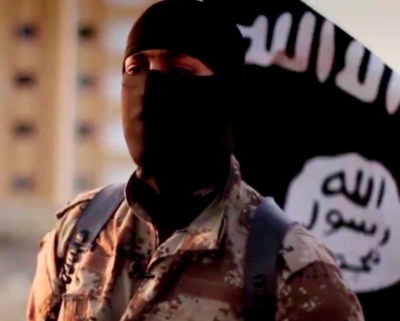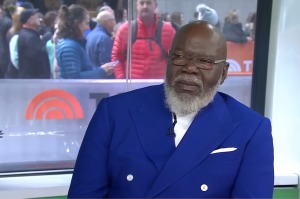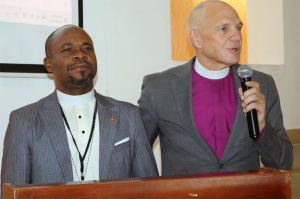ISIS' 16-Minute Beheading Video of 22 Syrian Soldiers Required Hours to Film, Researchers Say

Researchers are saying that a recent mass execution video released by the Islamic State, showing the simultaneous execution of 22 Syrian soldiers, took up to as many as six hours to film, required expensive production software, and likely needed a small production crew to produce.
In mid November, ISIS released a propaganda video entitled "Though the Unbelievers Despise It", which runs about 16 minutes and was filmed in the town of Dabiq in West Syria. Along with the mass beheadings of the Syrian soldiers, this video also purported the death of U.S. aid worker Peter Kassig by showing his severed head.
Researchers from the Terrorism research and Analysis Consortium (TRAC) and the England-based counter terrorism group the Quilliam Foundation, which analyzed the video for weeks, found that shadows and lighting in the video changed throughout and was not consistent with the videos runtime. The researchers claim that the video took approximately four to six hours to film although, to the untrained eye, the video looks to be shot without any kind of stoppage.
In noticing that the positions of the executioners and prisoners had changed throughout the video, the researchers additionally can confirm that the video needed multiple takes, most likely because some exectionors made mistakes in the choreographed sequences prior to the mass execution.
Veryan Khan, a TRAC researcher who has examined the film frame by frame, told Time that it is likely that this particular ISIS video needed a director, producer and editor, who likely used storyboards like most experienced filmmakers.
Khan added that the video was likely shot with multiple high definition cameras and was edited using a state-of-the-art production program called Avid Technologies. Khan says the total combined cost of the cameras and program would run no less than $200,000.
Except for the leader in the video, known as "Jihadi John", who is known best as the masked executioner of American journalists James Foley and Steven Sottloff, all of the other ISIS executioners in the video did not mask their faces to conceal their identity.

With much speculation concerning a possible Jihadi John body double, the researchers may have found an answer, as they claim that in reviewing the video, a second masked man wearing a similar mask and outfit as Jihadi John's was spotted in the background of a scene in which Jihadi John was being pictured.
Despite all of the video analysis, only one of the unmasked executioners has been positively identified. The one was identified as Maxime Hauchard, who is an extremist from France.
The researchers also believe that the executioners were chosen to be in the video because of their strong cinematic characteristics. Researchers add that they were most likely willing to participate in the video so that they could "enjoy international infamy."
Although only one executioner in the video has been identified, international governments are still conducting their careful analysis of the video to see if they can recognize any more faces in the video. Khan says the inconsistencies in footage hint at the "forensic footprint" of a certain editor, which if traced back correctly could possibly lead to uncovering the identity of key leaders at the top of ISIS ranks.





























